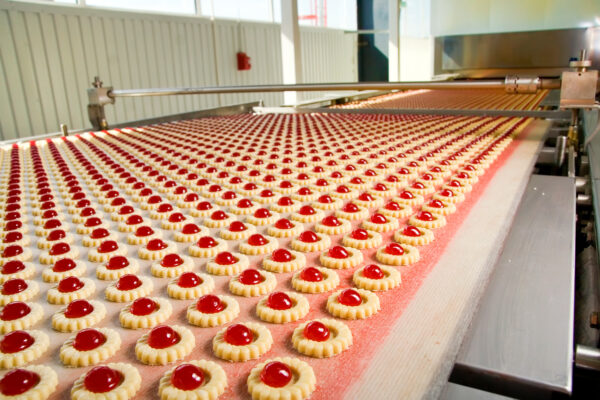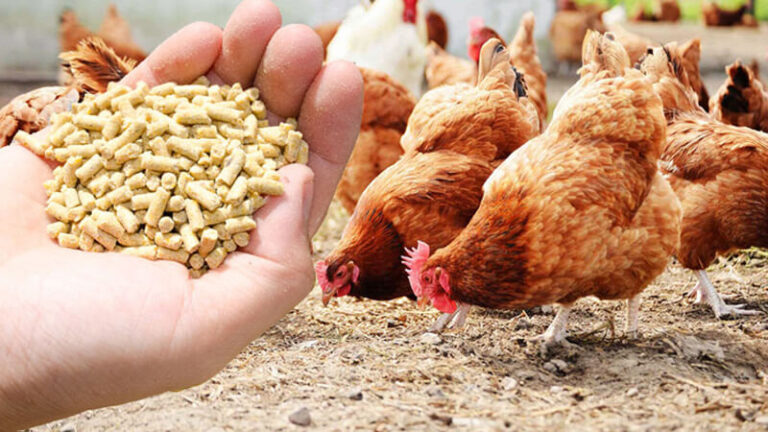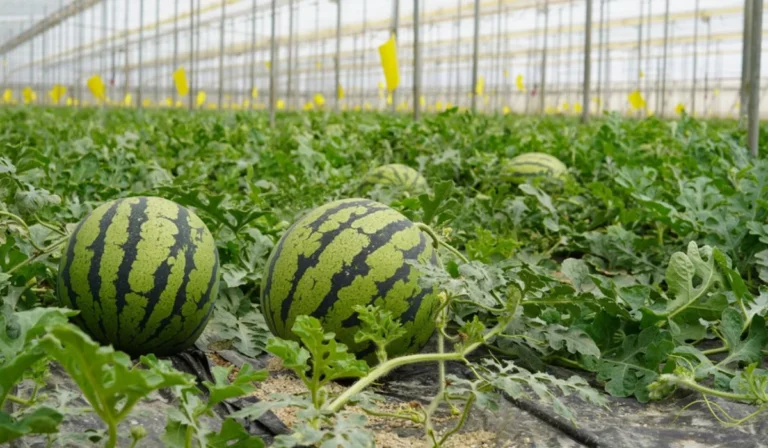Establishing a cupcake manufacturing plant
Introduction
The cupcake business is a highly profitable business in Africa as the demand for bakery products has been on the rise in recent years. Our cupcake business aims to cater to the growing demand for high-quality cupcakes in the market. We will be providing a variety of cupcakes, including gluten-free, vegan, and traditional cupcakes, to cater to different dietary needs and preferences.

Market Analysis:
The bakery industry in Africa has seen significant growth in recent years due to the increasing demand for bakery products. The cupcake industry, in particular, has shown a considerable increase in demand, driven by changing consumer preferences and increased disposable income. Our target market will be urban consumers who are looking for high-quality and tasty cupcakes. We will be targeting middle and upper-class individuals, including college students, young professionals, and families.
Marketing Strategy:
To reach our target audience, we will use a combination of digital marketing and local advertising. Our digital marketing strategy will include social media marketing, search engine optimization (SEO), and email marketing. We will also use local advertising such as flyers, billboards, and posters in strategic locations. We will collaborate with event planners and catering companies to provide cupcakes for events such as weddings, birthdays, and corporate events.
Product Offering:
We will offer a variety of cupcakes to cater to different dietary needs and preferences. Our cupcakes will include traditional cupcakes such as vanilla, chocolate, and red velvet, as well as gluten-free and vegan options. We will also provide custom-made cupcakes for events and special occasions. We will ensure that our cupcakes are made with high-quality ingredients and are visually appealing.
Operations Plan:
We will source our ingredients from local suppliers to ensure freshness and to support the local economy. We will rent a commercial kitchen to bake and prepare our cupcakes. We will hire a team of bakers and customer service personnel to ensure smooth operations. We will have an online ordering system for our customers to place orders and schedule deliveries.
Financial Plan:
Our startup costs will include the cost of renting a commercial kitchen, purchasing baking equipment, and initial inventory. We will finance our startup costs through a combination of personal savings, loans, and investments. We project our revenue to increase steadily in the first year of operation and to reach profitability by the end of the second year. We will continuously review our financial plan and adjust as necessary to ensure that we remain profitable.
Conclusion:
Our cupcake business is poised to take advantage of the growing demand for high-quality bakery products in Africa. We will differentiate ourselves by providing a variety of cupcakes to cater to different dietary needs and preferences. We will implement a robust marketing strategy to reach our target audience and will continuously review our financial plan to ensure profitability. We are confident that our cupcake business will be a success and look forward to serving our customers.
Find below a sample profit and loss statement for the first three years of operation of the cupcake business:
| Year 1 | Year 2 | Year 3 | |
| Revenue | $150,000 | $225,000 | $300,000 |
| Cost of Goods Sold | $45,000 | $67,500 | $90,000 |
| Gross Profit | $105,000 | $157,500 | $210,000 |
| Operating Expenses | $75,000 | $90,000 | $105,000 |
| Net Profit Before Taxes | $30,000 | $67,500 | $105,000 |
Explanation:
- Revenue: This includes all the money generated from the sale of cupcakes, including custom-made cupcakes for events and special occasions.
- Cost of Goods Sold: This includes all costs associated with producing cupcakes, such as ingredients, labor, and packaging.
- Gross Profit: This is the revenue minus the cost of goods sold, and represents the amount of money the business has left after accounting for the cost of producing the cupcakes.
- Operating Expenses: This includes all other costs associated with running the business, such as rent, utilities, marketing, and salaries.
- Net Profit Before Taxes: This is the gross profit minus the operating expenses, and represents the profit the business has made before taxes.
Please note that these numbers are only a sample and actual results may vary depending on the specific circumstances of the business.







